Lens kindly provided by Hendrik Baumgarten.
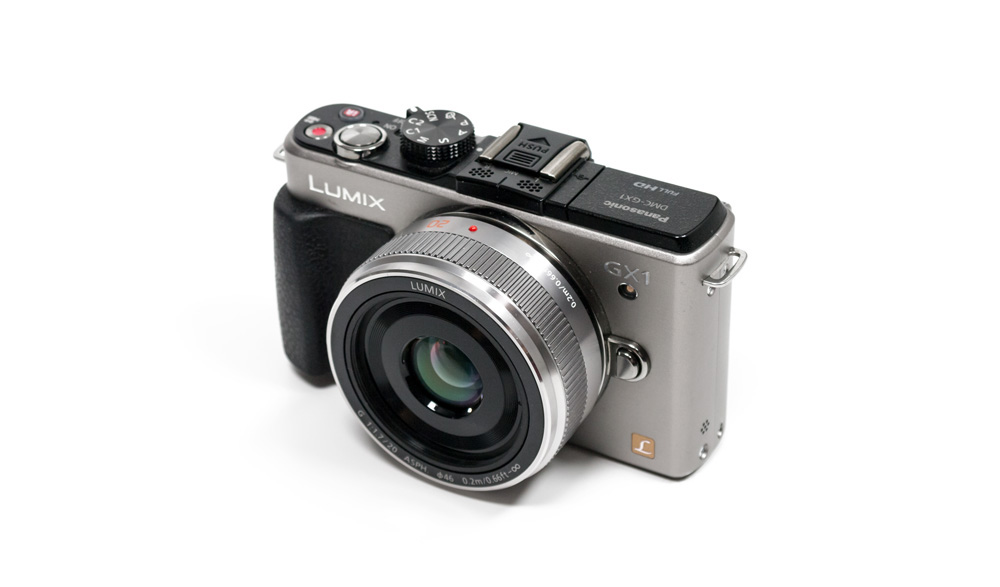
Review by Sebastian Milczanowski, published Jan 2014
The Panasonic Lumix G 20mm f/1.7 ASPH II is a standard prime lens designed lens for micro four-thirds format cameras. It is a so-called pancake lens because … well … it is just as flat – just 2.5cm in this case. Pancake lenses tend to be rather “slow,” but Panasonic managed to squeeze out an ultra-large max. aperture of f/1.7. In terms of its depth-of-field capabilities this is about f/3.4 in full format terms, the focal length is equivalent to 40mm. As such, it is a very moderate wide-angle prime lens – such lenses are typically used for, e.g., street photography. It’s available for around 260EUR.
The build quality is very good, which isn’t really a surprise – there aren’t many moving parts anyway.
Typical for most micro 4/3 lenses, the focus ring is operated “by wire,” so you drive the AF motor by turning the focus ring (unlike the conventional mechanical coupling). At least the author has no problem with this approach. The AF speed is very high, and the accuracy is spot on.
Below is a comparison between the MK II to the left and the original 20mm f/1.7 to the right.

| Specifications | |
|---|---|
| Equiv. focal length | 40 mm (full format equivalent) |
| Equiv. aperture | f/3.4 (full format equivalent, in terms of depth-of-field) |
| Optical construction | 7 Elements in 5 Groups (2x aspherical elements) |
| Number of aperture blades | 7 (Circular Aperture Diaphragm) |
| min. focus distance | 0.2m (max. magnification 0.3x) |
| Dimensions | 63 x 25.5 mm |
| Weight | 87g |
| Filter size | 46mm (non-rotating) |
| Hood | barrel-shaped, optional |
| Other features | – |
Distortion
Technically, distortion is a bit of a weak point of MFT lenses because the system relies on an auto-correction, and as such, minimizing the issue isn’t really a design priority. You may argue, of course, that this is not relevant from a user perspective because all the applied corrections are done “under the hood”. This is also something that we can confirm – standard JPEGs or conventionally converted RAW files don’t show a significant amount of distortion. RAW images show a whopping barrel distortion of 5% though.
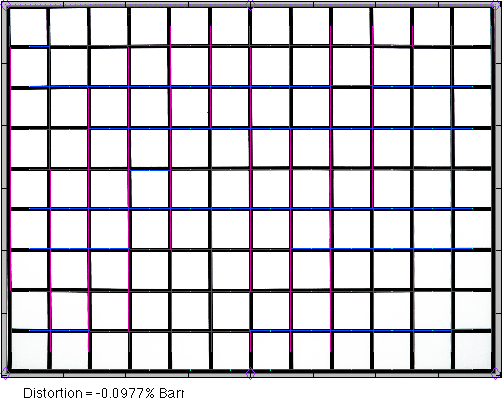
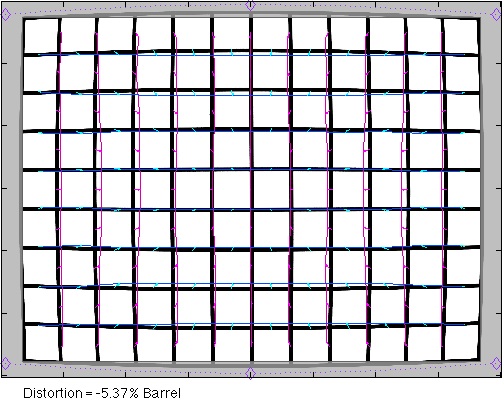
Vignetting
The vignetting characteristic of the lens is pretty disappointing. There’s a high amount of light falloff at f/1.7, and stopping down to f/2 only slightly reduces this issue. The vignetting gets better at f/2.8 and is decent from f/4 onward. There isn’t a hell of a difference between RAW and JPEG images – at least based on the GX1.

MTF (resolution)
The Lumix 20mm f/1.7 delivers more than decent results. The center performance is nothing short of stellar, straight from f/1.7 to at least f/5.6. If you’d really like to see the breathtaking resolution of the Panasonic sensor of the G-series this is the lens to choose at this stage. The border/corner quality isn’t quite on that level but still good to very good.
At close focus distances it seems to remain very sharp but the contrast gets much softer (based on field images).
Please note that the MTF results are not directly comparable across the different systems!
Below is a simplified summary of the formal findings. The chart shows line widths per picture height (LW/PH) which can be taken as a measure of sharpness. If you want to know more about the MTF50 figures you may check out the corresponding Imatest Explanations.
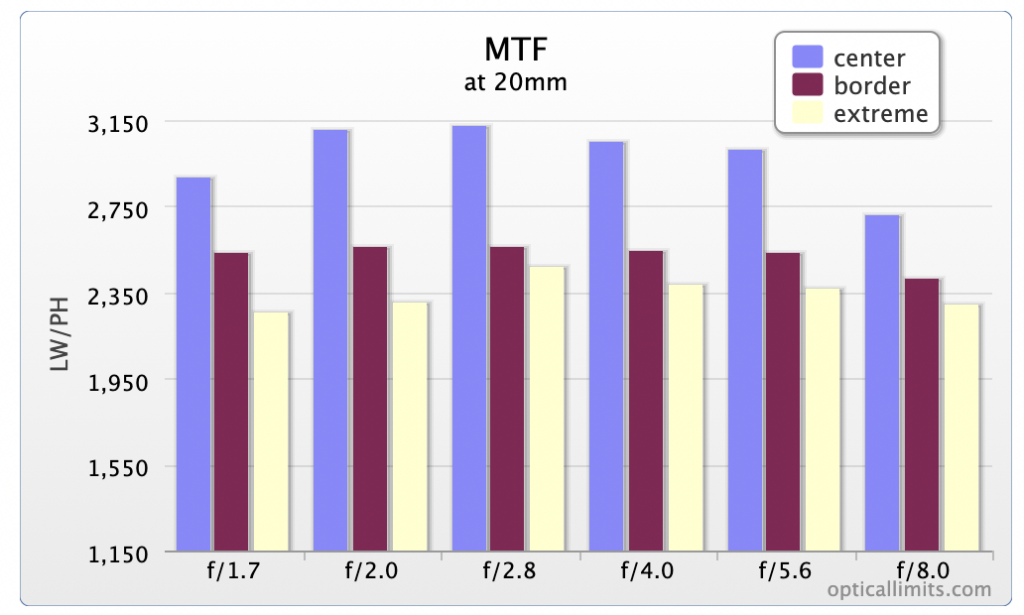
Chromatic Aberrations (CAs)
Lateral chromatic aberrations (color shadows at harsh contrast transitions) are very well controlled reaching a maximum of less than 0.4px at the image borders. This isn’t really field-relevant anymore.
However, we need to mention again that this is the result of the usual auto-correction applied by the camera (or Photoshop). The “RAW” CAs are as pronounced as 1.3px which is fairly pronounced for a prime lens.
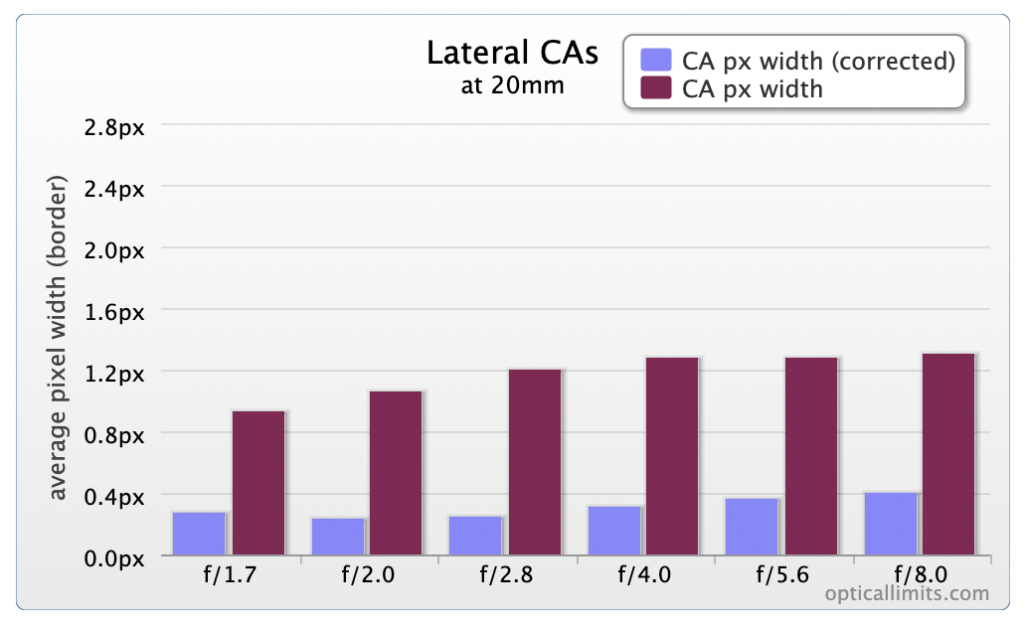
Bokeh
The Panasonic 20mm f/1.7 is obviously a large-aperture lens, although it behaves only like a “40mm f/3.4” when thinking in full format terms (depth-of-field). This not sufficient for a shallow depth-of-field in mid distances scenes, -say- 10m, but if you choose a focus distance of less than 2m it’s still good enough for sure.
The quality of the bokeh (the out-of-focus blur) is Okay, but the lens struggles with out-of-focus highlights, which show a distinct onion-like substructure. This can look a little rough just behind and in front of the focus zone.
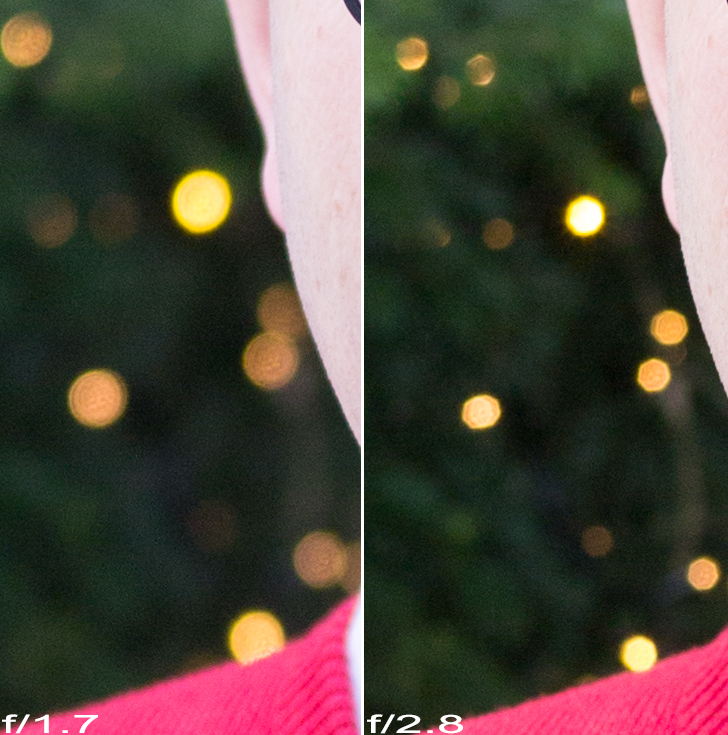
Sample Images & Verdict
The Panasonic Lumix G 20mm f/1.7 ASPH II is an interesting little being. The center image quality is nothing short of phenomenal. The borders are slightly worse but still pretty good and that's straight from f/1.7. The amount of vignetting is a bit on the high side at large apertures and you need to stop down a few stops to resolve the issue. Distortions and lateral CAs are very well controlled and not field relevant - when auto-corrected. The quality of bokeh is about average - the critical focus transitions zones can be a little rough if there're difficult structures here.
The build quality of lens is excellent and we'd certainly like to see more of this in future lenses. The focus-by-wire approach (manual focusing) may be odd at first but you should be able to used to it in no time. The AF performance is very good.
We had much fun with the lens out there and it's very reasonably priced for what it is.
-
Optical Quality
-
Build Quality
-
Price / Performance

